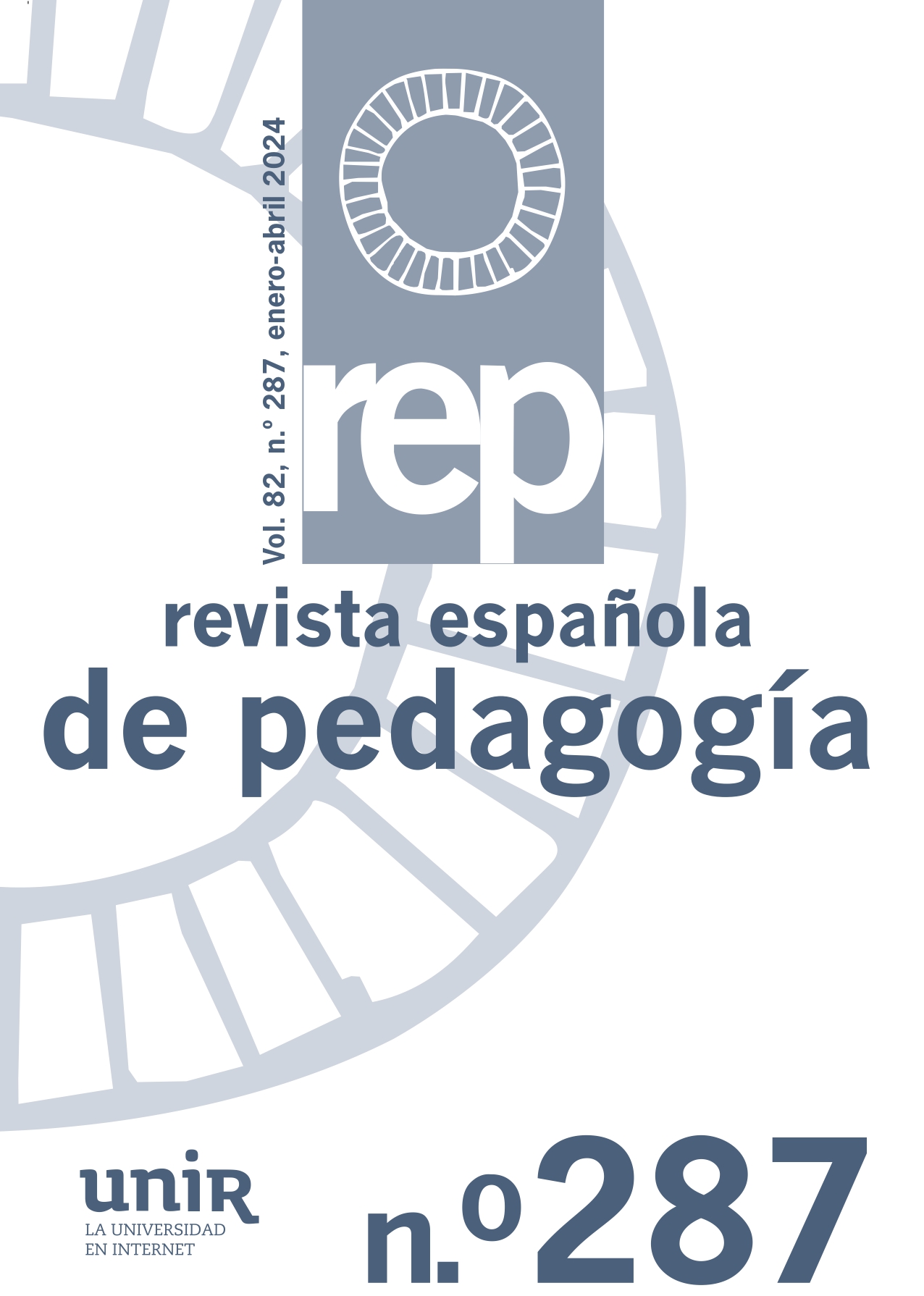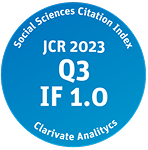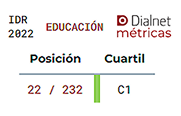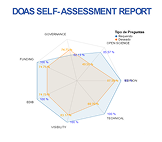Introduction: New focuses in research in music education.
DOI:
https://doi.org/10.22550/2174-0909.3924Abstract
Research on music education is an area of study that started its journey in the early twentieth century in the USA, around the National Association for Music Education. The first meetings of music education teachers and researchers were organised through annual conferences, at which the initial focus was on essentially musical content, such as new ways of teaching and learning rhythmic aspects (Molnar, 1955). These early stages were also marked by the need for in-depth consideration of training of music teachers in primary and secondary education, conservatories and music schools. This opened a path to study areas of learning that could favour musical appreciation and sensitivity. The aim was to actively participate in the development of psychomotor process (acquiring skills), cognitive process (acquiring knowledge), and, in particular, affective process (receiving, internalising, and sharing what is learnt), which is undoubtedly one of the dimensions that to which music contributes most (Cox & Steven, 2016).
Downloads
References
Ardanuy, J. (2012). Breve introducción a la bibliometría [A brief introduction to bibliometrics]. Universitat de Barcelona.
Barrett, J. R. (2023). Seeking connections: An interdisciplinary perspective on music teaching and learning [Buscando conexiones: Una perspectiva interdisciplinar de la enseñanza y el aprendizaje de la música]. Oxford University Press.
Cox, G., y Stevens, R. (Eds.). (2016). The origins and foundations of music education: International perspectives [Orígenes y fundamentos de la educación musical: perspectivas internacionales]. Bloomsbury Publishing.
Molnar, J. V. (1955). The establishment of the Music Supervisors National Conference, 1907-1910 [Creación de la Conferencia Nacional de Supervisores de Música, 1907-1910]. Journal of Research in Music Education, 3 (1), 40-50. https://doi.org/10.2307/3344410
Downloads
Published
-
Abstract130
-
PDF (Español)42
-
PDF16
How to Cite
Issue
Section
License

This work is licensed under a Creative Commons Attribution-NonCommercial 4.0 International License.

